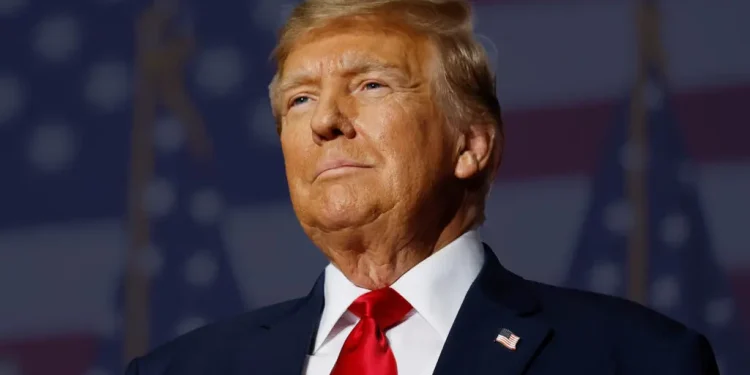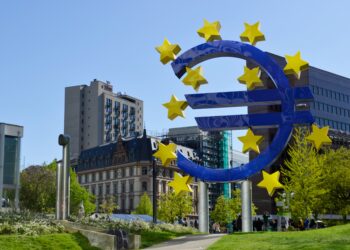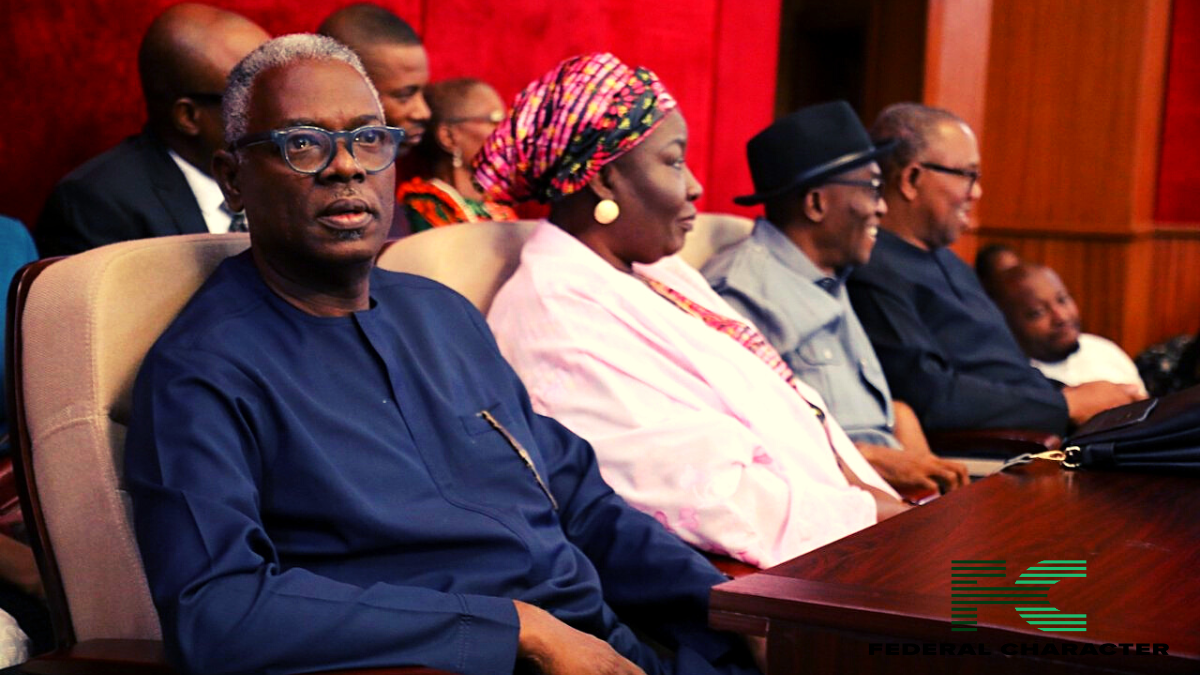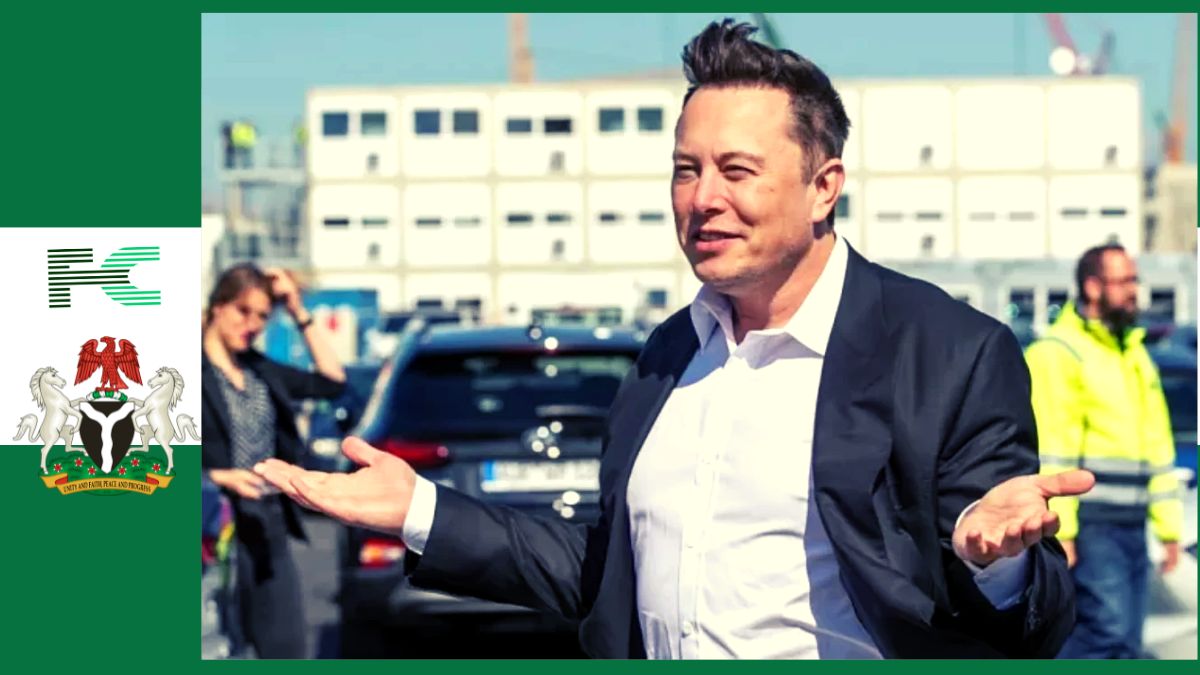President Donald Trump declared a historic trade deal with Japan on Tuesday, hailing it as potentially the “largest trade deal in history.” The agreement, negotiated after months of tense discussions, includes a $550 billion Japanese investment in the US and reduces auto tariffs from 25% to 15% (a significant concession from Tokyo). While Trump had previously threatened 25% tariffs on Japanese goods, the finalized terms mark a compromise that both leaders claim benefits their economies.
Key Provisions: What’s in the Deal?
Under the agreement, Japan will lower barriers for US agricultural exports, including rice, beef, and dairy, while American automakers gain improved access to Japan’s market. However, Japanese Prime Minister Shigeru Ishiba clarified that Japan will not reduce its own tariffs, emphasizing that the 15% US auto tariff is still higher than the 10% rate applied temporarily earlier this year. The deal avoids strict quotas, unlike the UK’s 100,000-vehicle limit for its 10% tariff rate.

Trump had framed the deal as a major economic victory, claiming it would revive US manufacturing and create jobs. Shigeto Nagai of Oxford Economics noted that Japan’s $550B investment pledge aligns with Trump’s domestic economic narrative. Yet critics question whether the agreement goes far enough, as Japan retains leverage by keeping its tariffs intact. The announcement comes just days after Trump’s threat to impose 25% tariffs if no deal was reached by August 1, a pressure tactic that appears to have accelerated negotiations.
Market Reaction and Political Fallout in Japan
The Nikkei 225 surged over 3% following the news, with Toyota, Nissan, and Honda leading gains. However, the deal arrives amid political turmoil for Ishiba, whose Liberal Democratic Party (LDP) recently lost its upper house majority. With the LDP already weakened in the lower house, the trade deal could either bolster Ishiba’s standing or fuel opposition claims of conceding too much to the US.
Global Implications: Why It Matters
The US-Japan pact has set a precedent as Trump continues trade negotiations with the EU and China. By securing Japanese investment and partial tariff relief, the White House may replicate this model elsewhere. Yet with no Japanese tariff reductions, the deal’s long-term impact remains uncertain.

















